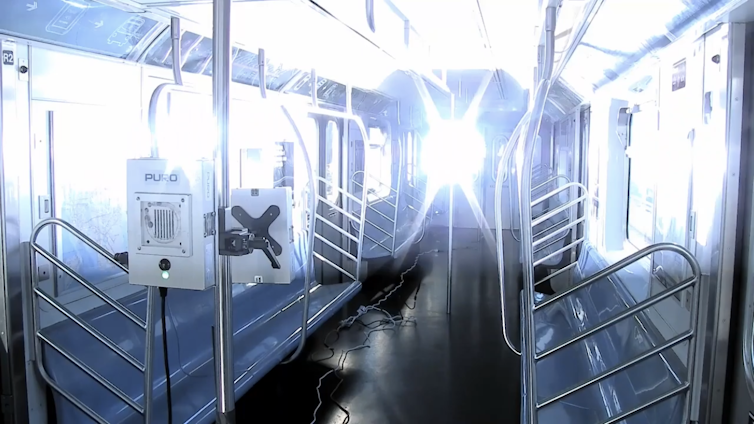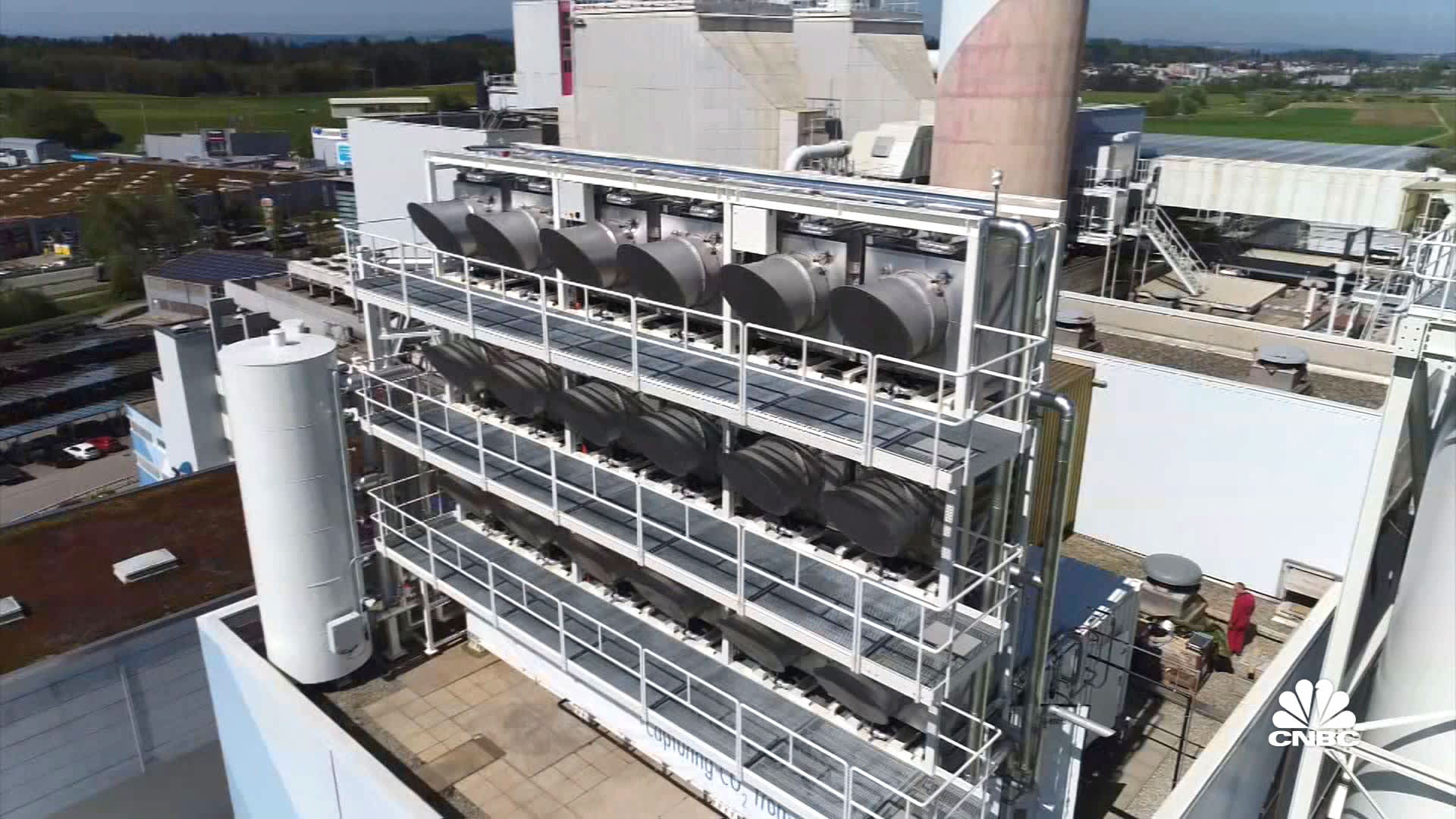
In a previous post, the meaning and impact of an engineering program accreditation was discussed. Here, let’s look at what sorts of things an engineering program has to show or contain to meet the minimum accreditation requirements. These requirements are contained in the rather arcane CEAB document “Accreditation Criteria and Procedures” available online. I’ll try to summarize the highlights of this document, although there are a bunch of small details and sub-criteria that I will not get into.
Curriculum Content
All engineering programs must contain certain content, broadly speaking. Roughly (showing minimum percentages of the total program hours) programs must include:
- Mathematics (>10%) including linear algebra, calculus, probability, statistics, numerical analysis.
- Natural sciences (>10%) including some physics and chemistry, and possibly life sciences & earth sciences.
- Engineering science and design (>50%). “Engineering science” includes application of math & natural science to practical problems, materials, fluid mechanics, electronics, environmental science, and others specific to the discipline. “Engineering design” involves the process of decision-making to devise products, processes, components, etc. to meet specified goals, which typically include considerations of health & safety, sustainability, economics, human factors, feasibility, regulatory compliance, etc.
- The curriculum must finish with a significant design experience carried out under an engineering-licensed faculty member.
- Complementary studies (>12%) which must include economics, humanities & social sciences, communications, impact of technology on society, health & safety, sustainable development, professionalism, ethics, equity and law.
- The curriculum must include appropriate laboratory experience.
Not all the topics mentioned above have to be the subject of an entire course on their own, they can be parts of other courses. The specific courses and content will also depend on the engineering discipline to some extent. For example, Boolean algebra isn’t typically taught in Chemical Engineering but is in Computer Engineering and likewise organic chemistry isn’t taught in Computer Engineering but is in Chemical Engineering.
There are some other related criteria and constraints, like the minimum number of total curriculum “hours” (roughly at least 1,850 lecture hours, but it’s complicated how these are counted) and minimum splits between engineering science and design, but that covers the main points. With all these requirements, it is easy to see why engineering programs in Canada are typically very structured and have relatively few elective courses compared to many other programs in arts, mathematics and sciences.
Program Environment
Aside from the curriculum content, the engineering programs have to have a suitable “environment”. This includes the quality, morale and commitment of students, faculty, support staff and administration. The quality, suitability and accessibility of labs, library, computing and non-academic counselling must also be satisfactory. Other factors include:
- The governance structure of the programs, from the Dean down to the curriculum committees must be suitable and fully within the control of engineering faculty members, especially those holding engineering licenses.
- There must be sufficient financial resources for programs to recruit and retain qualified staff and to maintain and renew infrastructure and equipment.
- Engineering faculty must have a high level of competence and expertise, as demonstrated by
- education level
- diversity of background, including non-academic experience
- experience and accomplishments in teaching, research and/or engineering practice
- participation in professional, scientific, engineering and similar societies
- A significant portion of the faculty are expected to be licensed to practice engineering in Canada, and especially those teaching courses that involve engineering science and design (typically upper year courses and electives).
This summarizes some of the requirements, but there are actually another whole bunch called “graduate attributes”. That will have to be the subject of another post, since it’s quite long.








